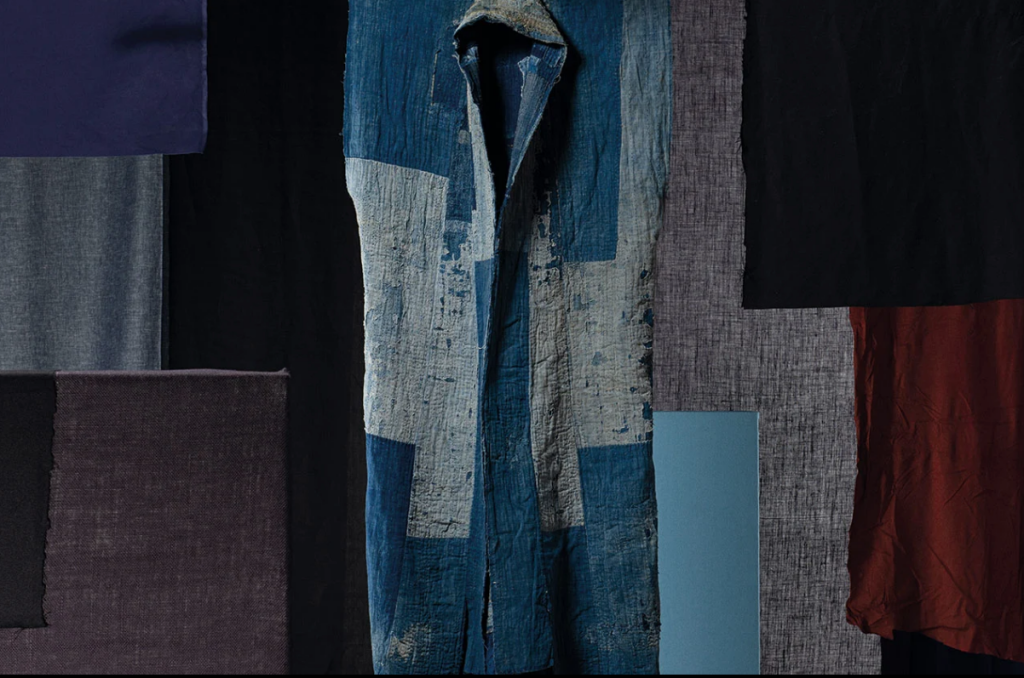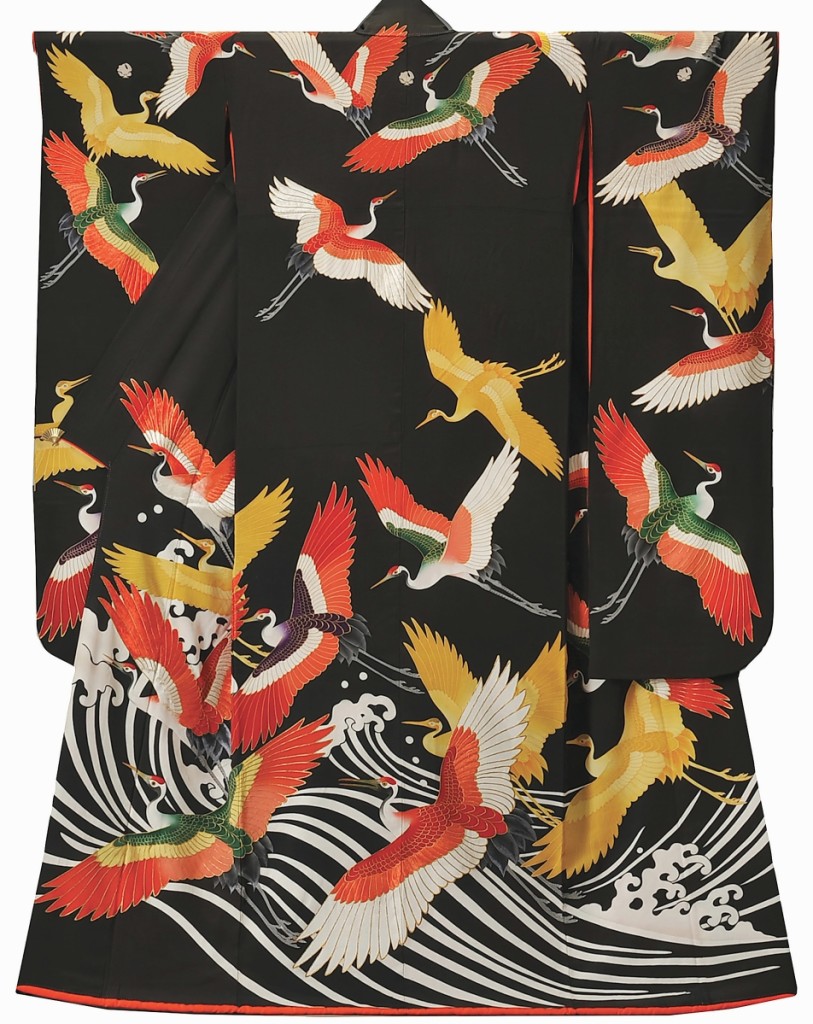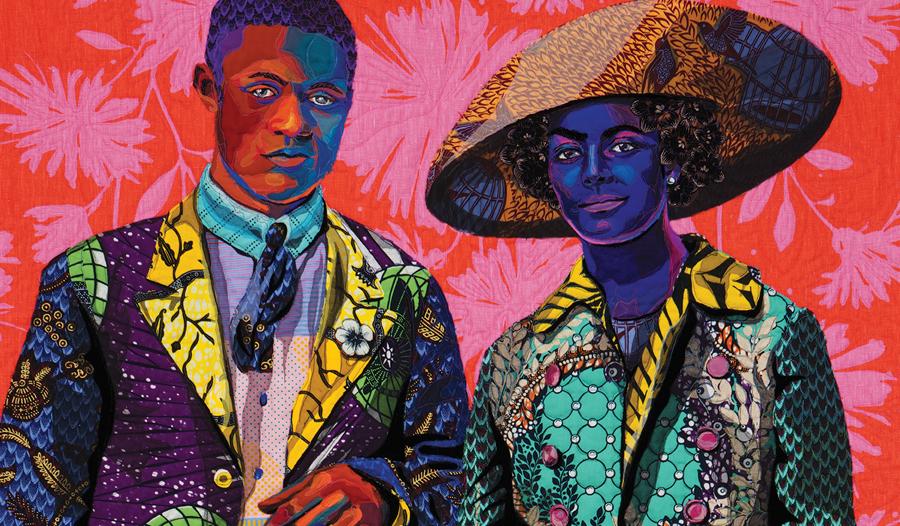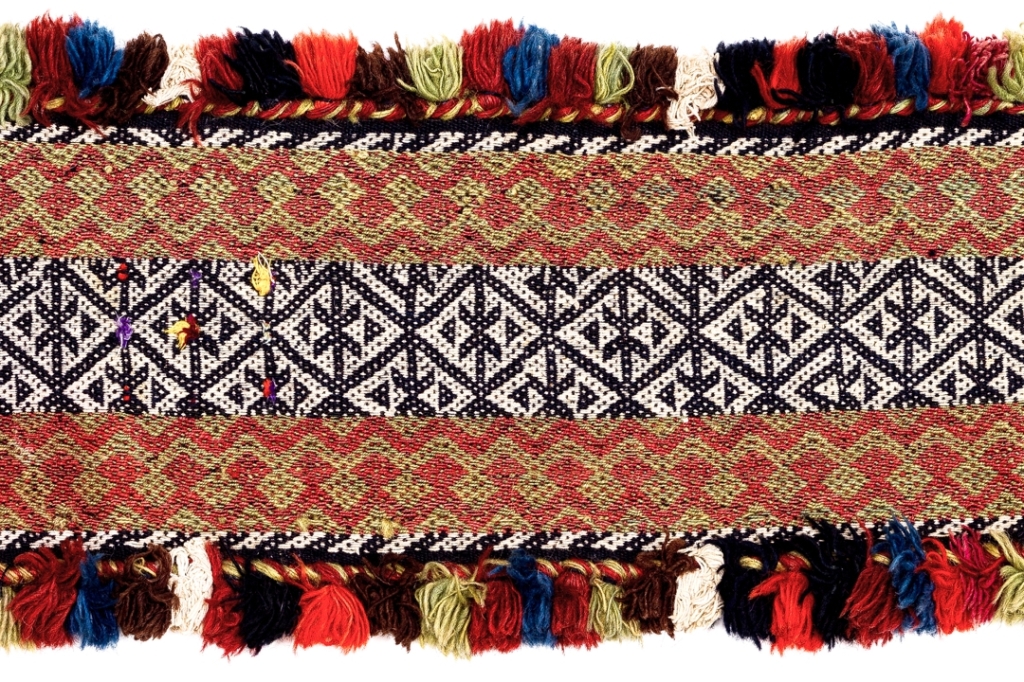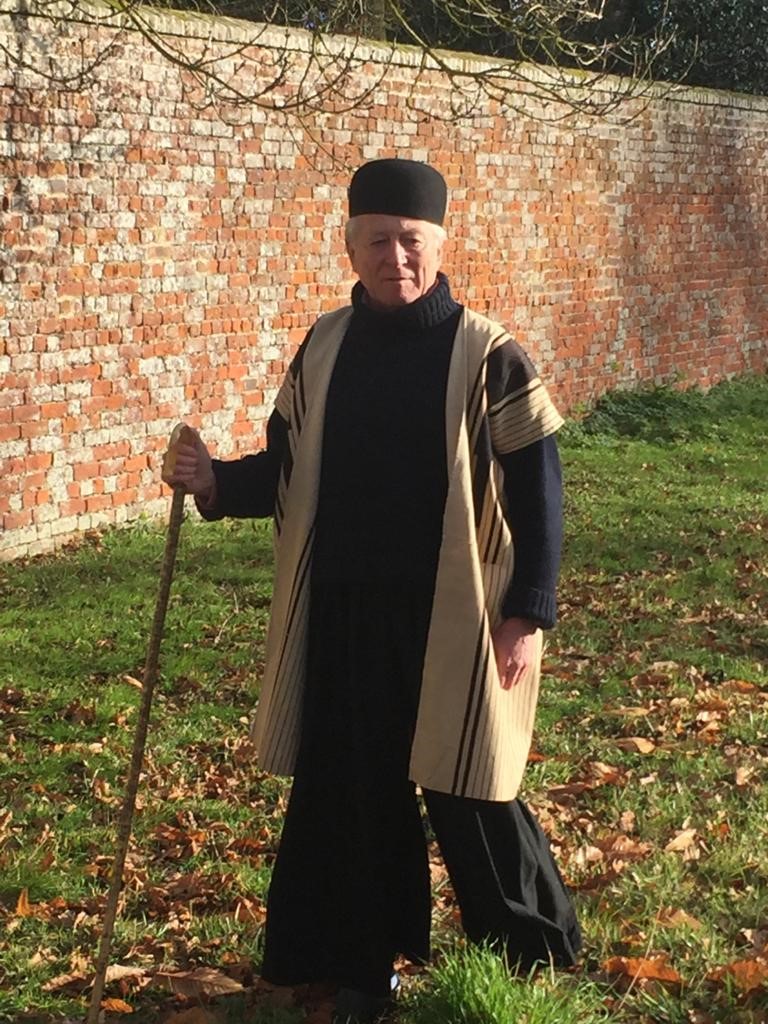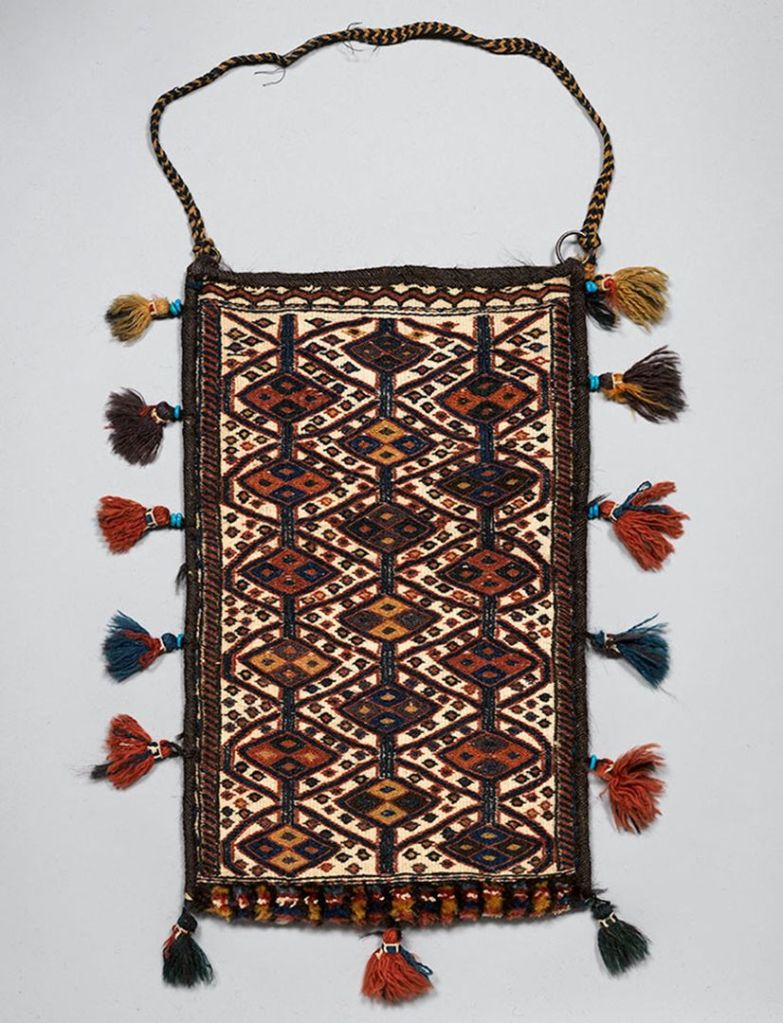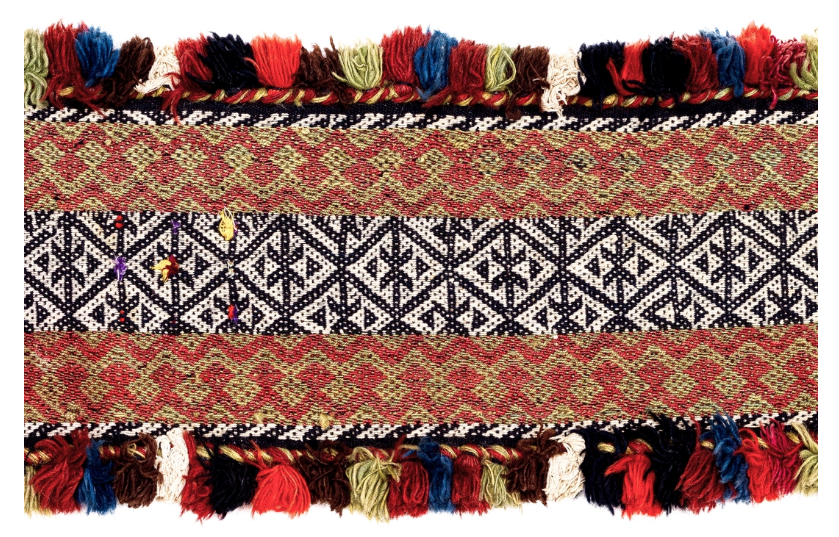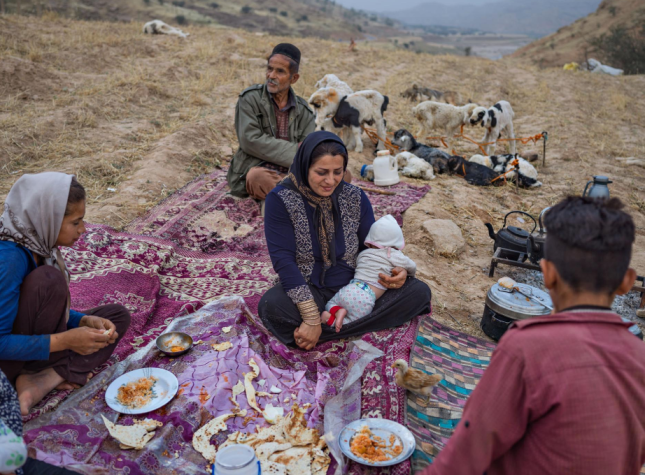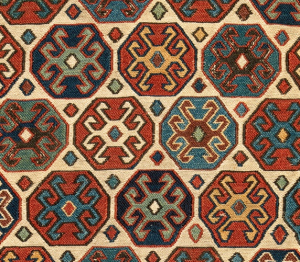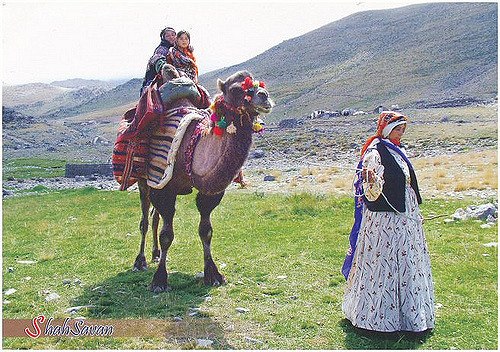
First a reminder of a couple of events covered in the last blog, which take place this week.
The Museum of East Asian Art in Bath is celebrating International Womens’ Day on Wednesday 8 March with a free online talk by Mary Ginsberg, who has curated their current exhibition Revolution, Propaganda, Art: Printmaking in Modern China. The title of her talk is Women in Modern Chinese Prints: Stylish Beauties and Revolutionary Warriors.
“Before the establishment of the PRC, women were much more commonly presented as glamourous, urban beauties. In the 1950s, artists transformed these women into model socialist workers. Until the end of the 1970s, almost all art had political content, and images of women conformed to propaganda requirements. Since the Cultural Revolution, women are shown as individuals, rather than types. This talk will survey Chinese women in 20th century graphics, including advertisements, popular prints and posters.” Museum website
This talk takes place online at 18:30 GMT and booking is required.

******************************
Thursday 9 March sees the opening of an exciting new exhibition at the Seattle Art Museum. Ikat: A Compelling World of Cloth runs until 29 May 2023 and showcases over one hundred examples of textiles from across the globe using the ikat technique. These include hangings and coats from Uzbekistan, kimono from Japan, ponchos from Bolivia and several textiles from across Indonesia.
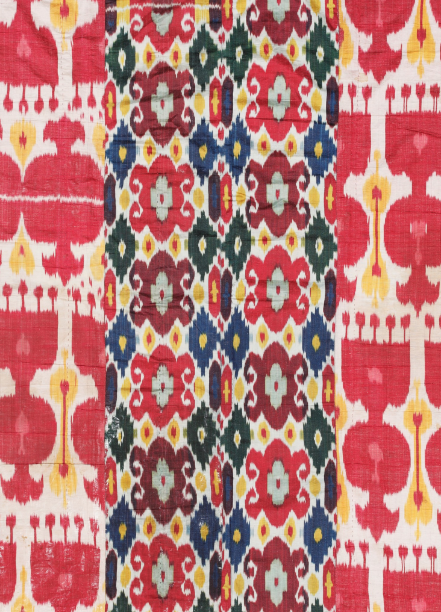
******************************
Also taking place on Thursday 9 March are two online talks hosted by the Craft History Workshop – thanks to Sandra Sardjono for sharing this information. The first of these is A Workshop of Women: Byzantine-style Gold-figure Embroidery in 18th Century Istanbul by Catherine Volmensky
This talk “focuses on a workshop active in Istanbul in the eighteenth century, which produced religious textiles with Christian imagery and Ottoman-style ornamental borders. The Greek woman who ran this workshop, Despoineta, was a very skilled artist and embroiderer; her pupils additionally found success creating Byzantine-style gold-figure embroideries, demonstrating the active processes of knowledge transfer. ” – Craft History website.
The second talk is Textiles of Silver and Gold: Exploring the Development and Meanings of Burmese Shwe Chi Doe
These textiles are usually heavily decorated using gold and silver thread, sequins and beads and are also known as kalaga. In this talk Rebecca Hall “explores the connections shwe chi doe textiles have with the multifaceted and multicultural landscape of Burma in the nineteenth and early twentieth centuries, followed by a glimpse at the continued production of these textiles in the late twentieth and twenty-first centuries. In so doing, we can see the influences of immigrating Chinese populations, the connections Burma has had with neighboring India, and the central role of Buddhist stories and practices for a more complete understanding of the connections between craft and national histories.” – Craft History website.
These talks begin at 1400 EST, which is 2200 GMT and are free on Zoom, but you do need to register.

******************************
Although the OATG is based in Oxford we are an international group, with a growing membership from outside of the UK. Our Australian members may therefore be interested in this in-person event, which takes place at the Art Gallery of South Australia in Adelaide this Saturday 11 March from 10am.

The event starts with the launch of the book Interwoven Journeys: The Michael Abbott Collections of Asian Art, celebrating the generous gifts of textiles, ceramics, sculptures, photographs and paintings from South and Southeast Asia Mr Abbott has donated to cultural institutions in Australia. Some of these textiles form the basis of an exhibition of the same name on show at AGSA until 2 July 2023. On show are textiles from Bali, Sumatra and Java, including the oldest know complete Indonesian batik textile.
Later that day there will be a symposium led by experts in this field, including OATG member Maria Wronska-Friend. Subjects include Javanese batik and Sasak textiles from Lombok.
Places are limited so booking is essential.
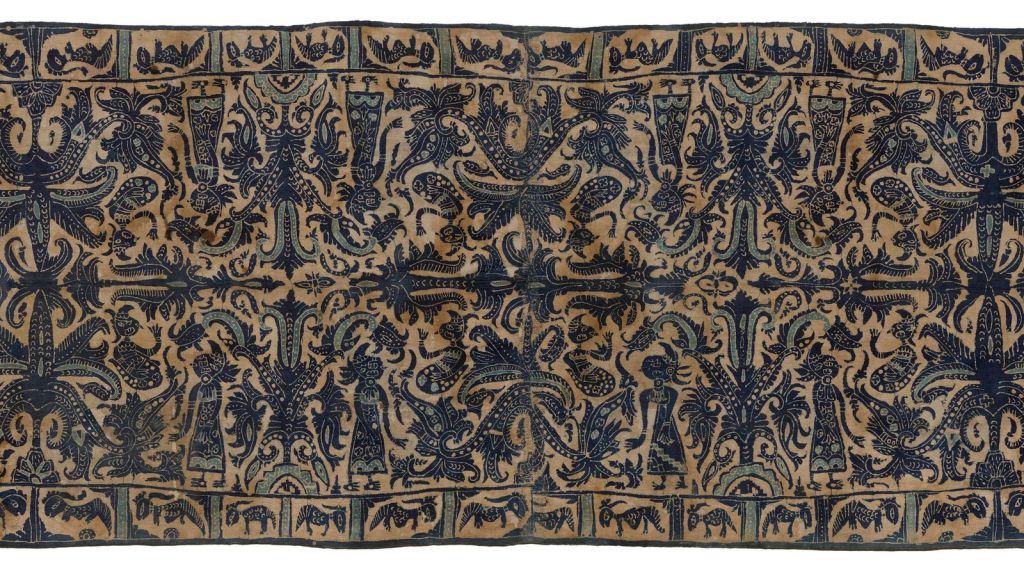
Indonesia, Ceremonial cloth and sacred heirloom, with two figures in a garden or forest, 1362 – 1422, possibly east Java, reportedly found in Lampung region, Indonesia, cotton with indigo dye, hand-drawn tulis batik, Gift of Michael Abbott AO QC through the Art Gallery of South Australia Foundation 2008, Adelaide.
******************************
A new exhibition opens on 16 March at the American Folk Art Museum in New York. It is entitled What That Quilt Knows About Me and features around forty quilts.
“Spanning from the nineteenth through the twenty-first centuries, the works on view will reveal a range of poignant and sometimes unexpected biographies. From a pair of enslaved sisters in antebellum Kentucky to a convalescent British soldier during the Crimean War, the exhibition explores stories associated with both the makers and recipients of the works. ” – Museum website
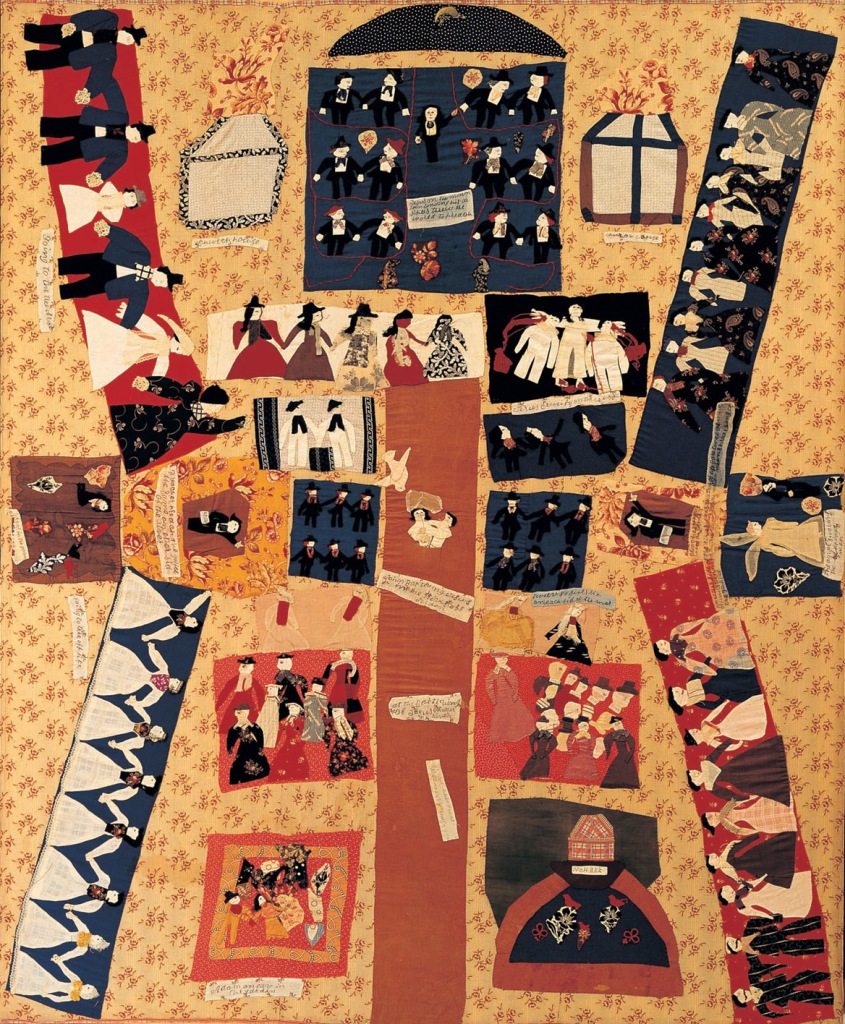
******************************
On 18 March the New England Rug Society will host an online talk by Gerard Paquin on the subject of Silk and Wool: Crosscurrent Influences in Turkish Rugs and Textiles. This talk is co-sponsored by the Hajji Baba Club.
“This presentation will document the influence of Ottoman textile designs on Turkish rugs, and the impetus for those artistic borrowings. It will also examine the impact of rug design on textiles, and the use of both as architectonic elements, in tent as well as town.” – NERS website.
Click here for more details and to register for this free talk which begins at 1300 ET (1800 GMT).

Knotted pile wool rug, Turkey, 14th century. Turkish Islamic Arts Museum, Istanbul
******************************
Last but DEFINITELY not least is the next OATG event, which takes place online on Thursday 23 March at the earlier than usual time of 1630 GMT. Our speaker is OATG member Monisha Ahmed and her subject is The Fabric of Life – Textiles from the Ladakh Himalayas.
This presentation will explore weaving traditions in Ladakh, discussing the history of fibres and textiles, their use and transformation over time. It will examine changes to the tradition first by the Moravian Missionaries and government Handicraft Centres, and more recently by Ladakhi fashion designers. Dr Ahmed has been involved with textiles in Ladakh for decades. Her doctoral degree from Oxford University developed into the book Living fabric – Weaving among the Nomads of Ladakh Himalaya (2002), and received the Textile Society of America’s R L Shep award in 2003 for best book in the field of ethnic textile studies.
As usual this event is free for OATG members, with a small donation required from non-members. Click here for more details and to register.
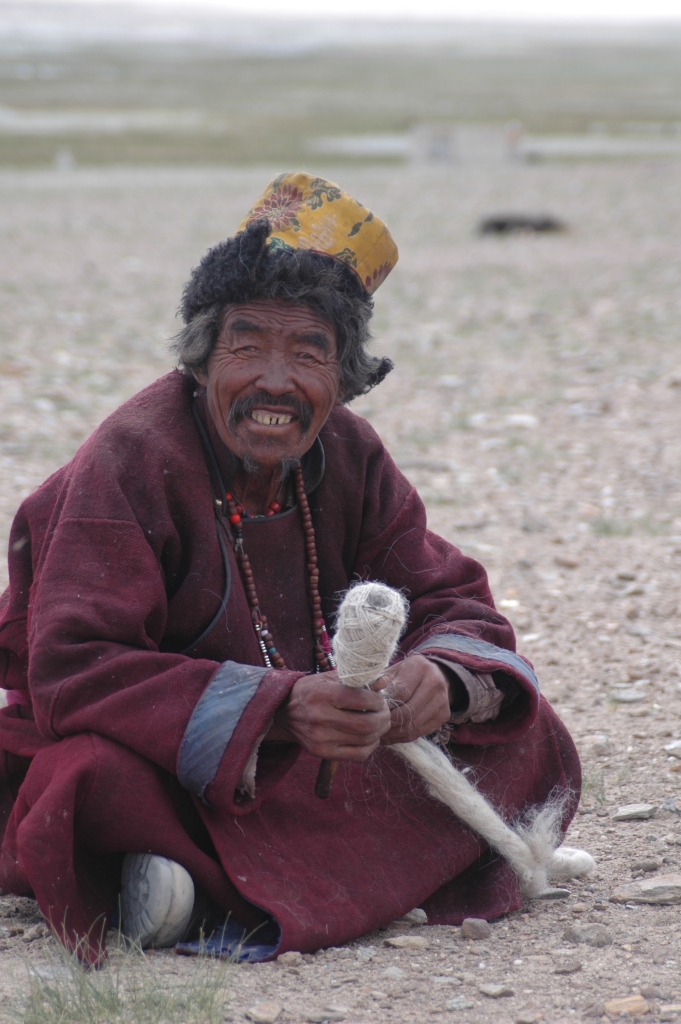
******************************

